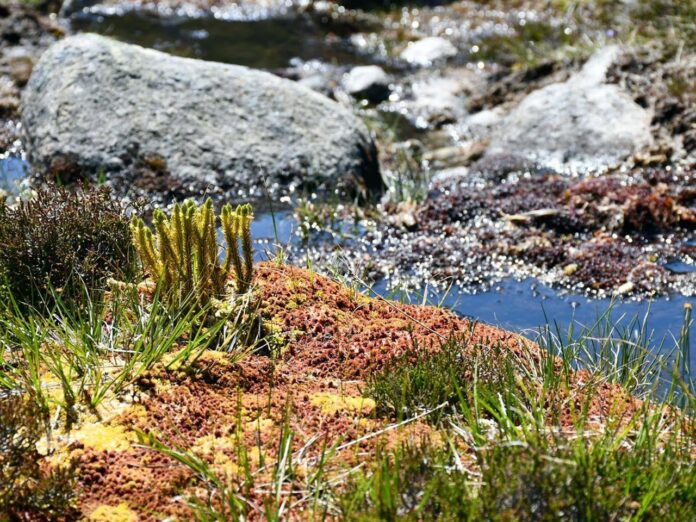The plant kingdom exhibits diverse body plans, from single-celled algae to complex multicellular land plants. Biological diversity is made up of groups of self-similar organisms that have a common body plan. The phenotypic disparity is unequally distributed throughout lineages and time, and it may indicate restrictions such as the evolutionary process, adaptive peaks, or contingencies in evolutionary history.
A study published in Nature Plants reveals that plant biology has evolved over billions of years through gradual changes and periodic innovation, challenging the belief that plant types became suddenly similar to animals in their evolutionary history.
This study aims to investigate the generality of macroevolutionary patterns observed in the animal kingdom by attempting an integrative characterization of the evolution of phenotypic disparity in the plant kingdom. This is the first comprehensive analysis of plant phenotypic disparity and its evolution.
Co-lead author Philip Donoghue, Professor of Palaeobiology at the University of Bristol, said, “Although plants are extraordinarily diverse in their design and organization, they share a common ancestor which originated at sea more than a billion years ago.”
The new study examines the evolution of plant phenotypic complexity by dividing the dataset into different character suites. Morphospaces are divided based on two life cycles: land plants and seed plants. Bryophytes have the most disparate gametophytes, while seed plants have reduced gametophytes. Lycophytes and ferns have broad morphospace occupation in both generations, with sporophytes closer to seed plants and gametophytes closer to bryophytes.
The researchers analyzed the similarities and differences of 248 groups of plants, including single-celled pond scum and seaweed, land plants, pines, conifers, and flowering plants, and 160 extinct groups known only from the fossil record, including species from the Devonian Rhynie Chert which lived more than 400 million years ago.
More than 130,000 observations were generated by breaking down plant designs into their components and recording those present or absent in the main groups, living and fossil. Computerized statistical techniques were used to measure the overall similarities and differences between groups and their evolution over time.
The study highlights the importance of understanding the evolution of plant phenotypic complexity across clades and over phylogeny.
The researcher said, “We wanted to test whether they evolved with a big bang early on in their history or whether their evolution was a slower and more continual process. Surprisingly, the results revealed that plant evolution was a mix, with long periods of gradual change interrupted by short bursts of large-scale innovation, overcoming the challenges of living on dry land.”
The researchers also tried to understand what led to these evolutionary innovations, such as the introduction of spores, seeds, roots, leaves, pollen, and flowers.
Co-lead author Dr James Clark, Research Associate in Biological Sciences at the University of Bristol, said: “We found changes in plant anatomical design occur in association with events in which the entire cellular genetic make-up was doubled. This has happened many times in plant evolutionary history due to errors in the genome-copying process, creating duplicate copies of genes that are free to mutate and evolve new functions.”
The major pulses of plant anatomical evolution were associated with the challenge of living and reproducing in increasingly dry environments, connected to the progressive emergence of plants from sea to land.
Co-lead author Dr. Sandy Hetherington said, “Overall, the pattern of episodic pulses in the evolution of plant anatomical designs matches that seen in other multicellular kingdoms of complex life, like animals and fungi. This suggests it is a general pattern and blueprint for complex multicellular life from its inception.”
The results showed that clades are not equal in their phenotypic variation, and there is no clear relationship between diversity and disparity.
Journal Reference:
- James W. Clark, Jennifer L. Morris, et al. Evolution of phenotypic disparity in the plant kingdom. Nature Plants. DOI: 10.1038/s41477-023-01513-x
